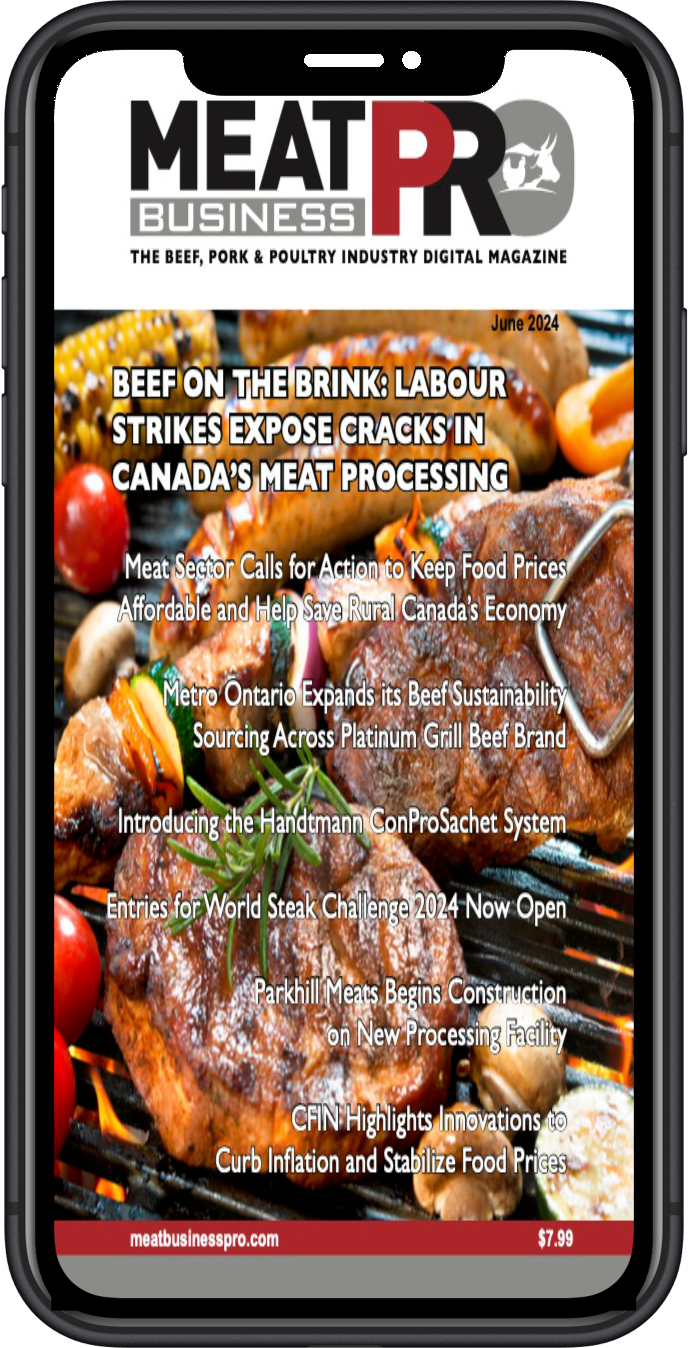From FCC: All Canadian farmers take on debt – how do you manage yours?
April 19, 2021

Farm Credit Canada (FCC)
Farmers of all descriptions will take on debt during their farming career
by Trevor Bacque – Farm Credit Canada (FCC)
For some, it’s paid off nearly as quickly as they acquired it. For others, debt may follow them their entire career. In either scenario, or one unique to your farm, the natural question arises: How do you manage it?
There are many correct answers, but it must work for the farmer to manage, draw down or eliminate debt. Times of uncertainty can make debt even more precarious.
“Debt is a fact of doing business in farming, but how the debt is managed, including interest rates, differs for every operation”
Posted in Industry











